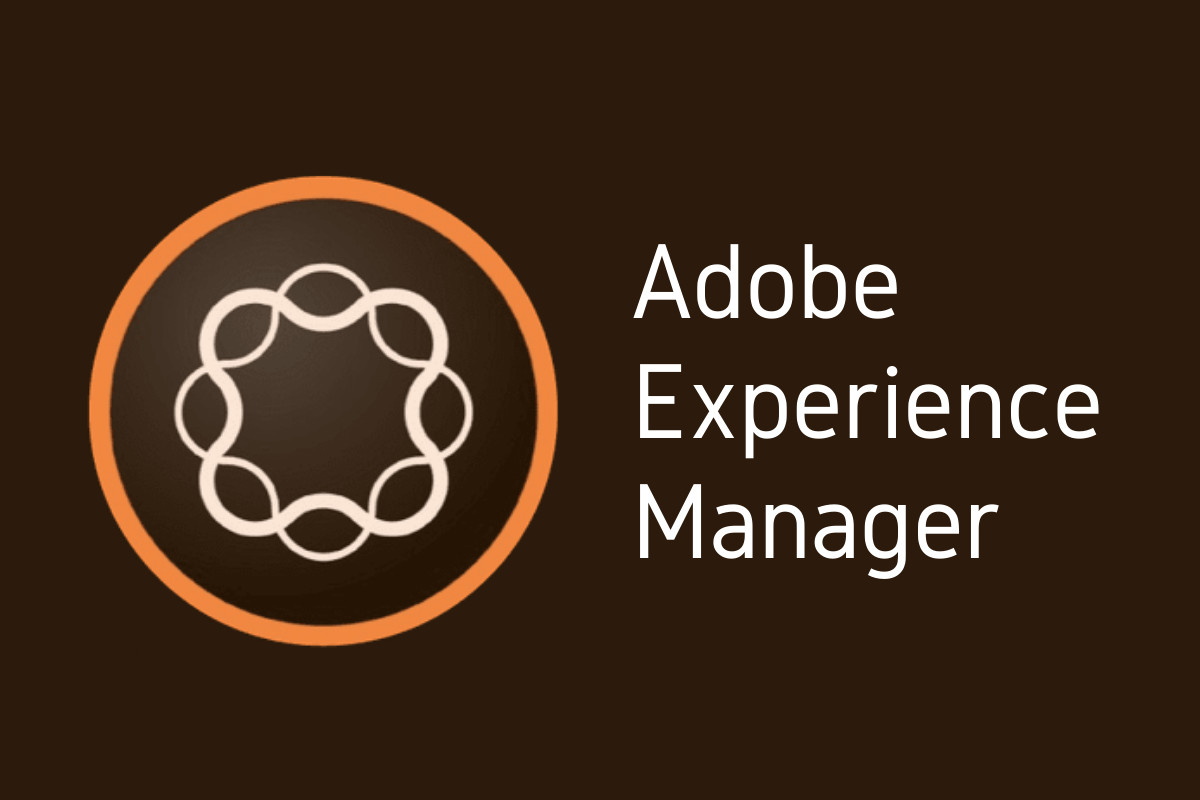What is Adobe Experience Manager(AEM) & it's Features
 sagar karotia
sagar karotiaTable of contents

Adobe experience manager(AEM) is a content management systems(CMS)
for building website , mobile aaps , forms . It enables organizations to create, manage, and deliver digital experiences across various channels, ensuring consistency and relevance.
Key features
Content Management : AEM Provides powerful tools for creating , editing and managing web content. It allows content authors to build and update websites with a WYSIWYG editor, without needing extensive technical knowledge.
Digital Asset Management(DAM): AEM include DAM system for managing rich media like images , videos , documents.
Multi-site Management: AEM support managing multiple websites from a single platform. It allows for content reuse, localization, and regionalization, making it easier to maintain consistency across global sites.
Responsive Design: AEM provides tools for creating responsive and adaptive designs, ensuring that websites look and function well on various devices and screen sizes.
Forms and Documents: AEM Forms enables the creation and management of forms and documents, supporting use cases like applications, surveys, and customer correspondence.
Commerce Integration: AEM integrates with e-commerce platforms to deliver personalized and consistent shopping experiences across all digital touchpoints.
Extensibility: AEM is highly extensible, allowing developers to create custom components, templates, and services. It supports integration with third-party systems through APIs and connectors.
Use Cases for AEM
Corporate Websites: AEM is used to build and manage large corporate websites that require frequent updates, localization, and integration with marketing tools.
E-commerce: Online retailers use AEM to deliver personalized shopping experiences, integrate with back-end systems, and manage digital assets.
Government Portals: Government agencies use AEM for managing large volumes of content, ensuring accessibility, and delivering services to citizens.
Media and Entertainment: Media companies use AEM to manage digital assets, streamline content workflows, and deliver engaging multimedia experiences.
Financial Services: Banks and financial institutions use AEM to create secure, compliant, and personalized digital experiences for customers.
Subscribe to my newsletter
Read articles from sagar karotia directly inside your inbox. Subscribe to the newsletter, and don't miss out.
Written by

sagar karotia
sagar karotia
I am a passionate frontend developer